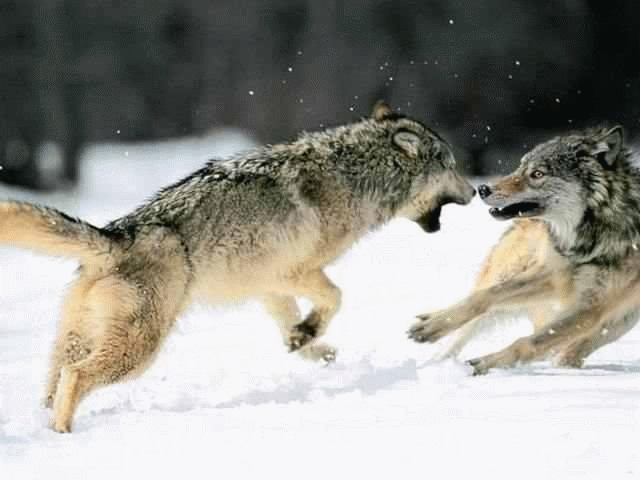 Much of nature's delicate balance is a case of give and take.
Here, both the flowers and butterfly gets benefited. The butterfly gets nectar from the flowers,
whereas the flowers are pollinated.
Much of nature's delicate balance is a case of give and take.
Here, both the flowers and butterfly gets benefited. The butterfly gets nectar from the flowers,
whereas the flowers are pollinated.
Some key relationships in the life of an organism are its interactions with other species in the community. Ecologists refer to these relationships as interspecific interactions.
 Species can compete with each other for infinite resources
Species can compete with each other for infinite resources
These interactions are very complex and can be divided into five categories.
- Competition
- Predation
- Parasitism
- Mutualism
- Commensalism
Competition : Species can compete with each other for infinite resources. It is considered to be an important limiting factor of population size, biomass and species richness. Both species are harmed by this kind of interaction.
Predation : Predation is hunting another species for food. Predation can refer to one animal eating another animal, or it can also refer to animals eating plants. For their protection, animals and plants have evolved defences against predation.
Mutualism is a symbiotic relationship where both organisms benefit (+/+).Commensalism is defined as an interaction between species that benefits one of the species but neither harms nor helps the other.
Parasitism is a symbiotic interaction in which one organism, the parasite , derives its nourishment from another organism, its host, which is harmed in the process. Parasites that live within the body of their host, such as tapeworms and malarial parasites, are called endoparasites; parasites that feed on the external surface of a host, such as ticks and lice, are called ectoparasites. In a particular type of parasitism called parasitoidism, insects- usually small wasps-lay eggs on or in living hosts. The larvae then feed on the body of the host, eventually killing it.